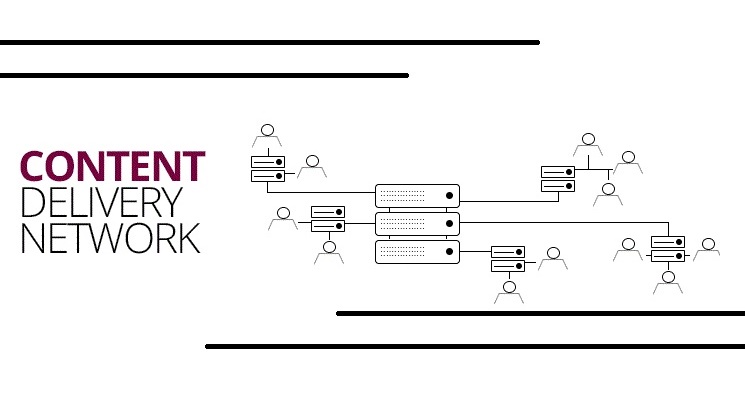
We’ve been talking an awful lot lately about how the recent Panda and post-Panda updates to Google have really changed the way in which we deal with search engine optimization. We’ve talked about word length, content type, and the importance of video, but we have yet to touch on one critically important aspect of your website’s design.
Yes, ladies and gents, today we’re going to be taking a crack at the age old content delivery network. We’ve done a lot of digging on the subject in the past, and if you’re looking for some tasty nuggets to help guide you in the current Google era, then you’ve come to the right place.
So without further ado, let’s peel back the veil and get rolling! Starting with:
Are CDNs Still Necessary?
If you’ve been following the recent updates to Google, then you’re likely aware of the fact that the search engine has more or less gotten “smarter.” Not that we were trying to dupe it before with our optimization tactics. More accurately, the engine has now got an advanced set of tools under its belt to help it find organic content, as well as sites and items that people are actually talking about. In essence, the system is now much more capable at recognizing that which people are craving.
This means the way you approach the content and construction of your site must change. For more details on that, you can check a few of our other posts. However, what does all of this mean for the content delivery network? Does it mean that we’re now much less concerned with caching our data on a good net? Do we even need to bother with a CDN at all?
To put it simply, yes! You still very much need a content delivery network powering your site to see the best page ranking results. The reasons are very cut and dry, and you’ll find all of them below:
Page Speed is Crucial
Though a lot of the ways in which Google works have changed with the recent updates, one aspect remains the same, and is every bit as important as it always has been: Page loading times. If your site doesn’t get its act together within three seconds of being live, you’re not likely to see much traction. This is because Google makes a habit of not rewarding sites for being sluggish. It wants to see your content performing at its peak, so much so that Google even provides suggestions on how to get this done.
And as we’ve detailed in a few of our posts from earlier in the year, nothing speeds up your site quite like a good content distribution network. These utilities are designed from the ground up to boost your productivity, and they can make a tremendous difference in loading times for your content.
All in all, we’ll cut it short and give you the straight skinny: A CDN is one of the quickest and simplest ways to improve your site’s speed, which in turn makes it more attractive to search engines like Google. This translates to higher page rankings, better advert revenues, and that penthouse on the beach you’ve always wanted. The latter might still be wishful thinking, though.
User Experience Is Still King
It has always been important that you attempt to create an environment that’s hospitable to your users. However, this has become even more important with recent Google advances. This is a second-cause rule of page ranking, but the principle is still very solid. Look at it this way:
A content delivery network ensures that your site loads faster, and is more responsive once it has been loaded. Such a system also guarantees that your users get consistent results no matter where they are on the globe. Overall, a CDN is simply one of the best ways to ensure your end user experience is as good as it will ever be.
In turn, when a user likes a site, they’ll visit it more often. They’re also much more likely to favorite it on social networking sites, or mention it to their friends. All of these actions create vital backlinks and trackable traffic to your content. Google sees all of this, and thanks to its new set of brains, ranks your page higher because people are using it. So in a roundabout way, the happier and more prolific your users are with your site and media, the higher you will in turn be ranked on Google.
We’d like to call this the Hippie Love Rule of SEO, but we’re afraid that might be inconsiderate.
Cached Content Is More Easily Read
In this portion we’re going to be talking about two distinct benefits of using a content delivery network. The first is volume. After all, caching and distributing your content over the span of the entire globe is a surefire way to get its presence maximized. Google sees it at more turns, it finds it more quickly, and it has a whole lot more data to analyze when it gets there.
The other portion of this tip has to do with the way in which a CDN caches your site. We won’t go into details, but essentially the way your media is packaged is a heck of a lot more Google friendly than a lot of the raw code you might put out. There isn’t an immediate sort of “scrunch-o-matic” that turns your site into a CDN-ready bit of this-or-that, but if you take the time to optimize your site for a CDN, you’ll find the end results are a lot more palatable for Google.
So to tie this whole thing off and send you on your way, do your homework, take our advice, and pick a solid CDN to represent your site. Taking this additional step is and always will be a great way to optimize your site’s performance on Google.
